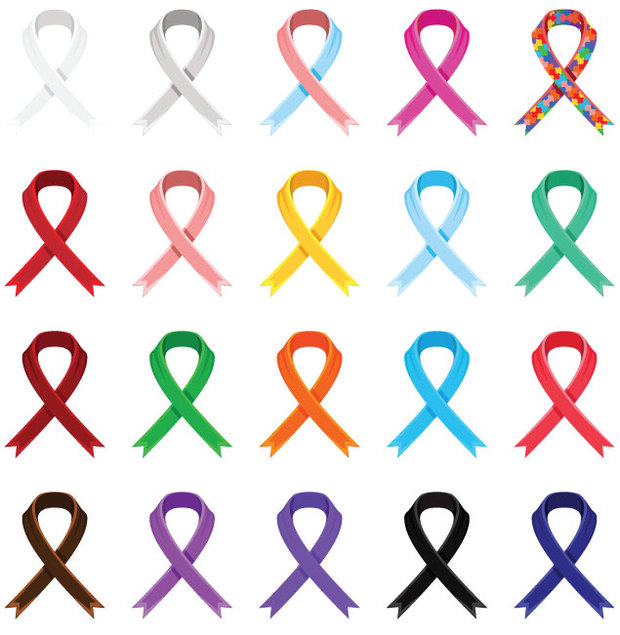As the digital age reaches more people both domestically and on a global scale, there is sometimes a discrepancy in terms of who can access information through different forms of technology. With the wave of corporate citizenship becoming increasingly popular for both companies and consumers alike, corporations across all industries are constantly reinventing their philanthropic branches themselves in order to demonstrate their commitment to their respective charities.
Microsoft’s new philanthropic arm called “Microsoft Philanthropies” will focus on helping individuals globally. Similar to other tech companies based out of Silicon Valley in California, Microsoft has taken the initiative to further engage and improve their charitable causes in an effort to spread technology to more users globally.
A veteran philanthropically affiliated tech company, Microsoft has participated in charitable causes around the world. In the last year alone, Microsoft in-kind donations of totaled up to around $950 million and nearly $120 million in cash donations. Although there is no question that Microsoft generates tech products rooted in digital advancement, there is a strong discourse throughout Microsoft that calls for advancement in all facets of the company, including charity.
Amidst talk that focuses on the efficiency of the great tech products, Brad Smith, Microsoft’s president and chief legal officer, feels strongly about constantly improving how his company will further undertake the heavy task of philanthropy in the digital age. It is clear that Microsoft intends to take it upon themselves to lessen the digital divide. Smith states that “Great technology alone is not enough,” and “Despite global expansion, increased access, and democratization of technology, the benefits of technology are not yet reaching everyone in the world.”
In the hopes of aiding students, the primary focus of Microsoft Philanthropies will be to extend various partnerships and programs to assist STEM related education in developing nations. In this sense, Microsoft will work directly with the local and national governments of certain developing countries in order to holistically guide students in the science, tech, engineering and mathematic fields to reach both their educational and career aspirations.
This charitable organization will also report its ongoing progress to Mary Snapp, Microsoft’s first female attorney in the company’s history. For more information about Microsoft’s new philanthropic organization, please check out the link here.


 ll-intentioned charities seem to pop up with alarming frequency after natural disasters
ll-intentioned charities seem to pop up with alarming frequency after natural disasters